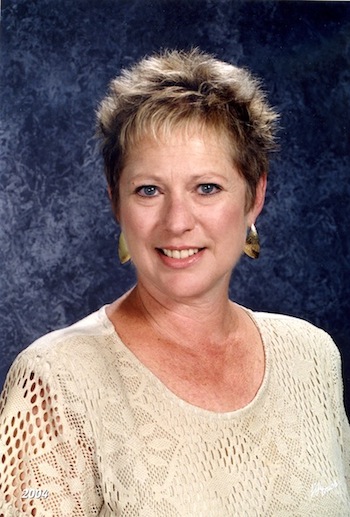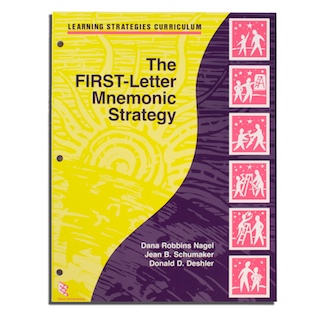Dana Robbins Nagel
Affliations
- “Retired Special Educator of over 30 years.”
My Background and Interests
My passion has always been teaching. Even when I was in junior high school, I knew I wanted to be a teacher. I have spent the last thirty years teaching special education students in a variety of settings. After working with at-risk teenagers and students with disabilities, I obtained my bachelor’s degree in emotional and behavior disorders.
I have extensive background working with pre-adolescents to adults who have exceptionalities. I have a number of experiences working with students with learning disabilities, emotional disturbance, and behavior disorders. I have worked in schools, adult group homes for the mentally handicapped, residential group homes for adjudicated youth, prisons, and community-based settings. I have trained student teachers and mentored new and experienced teachers in a variety of educational settings.
The Story Behind the FIRST-Letter Mnemonic Strategy
In my earliest experiences with exceptional students, I realized that these students experienced many learning difficulties and needed strategies to facilitate their learning. I enrolled as a graduate student at the University of Kansas and met with Don Deshler, Gordon Alley, and Jean Schumaker who founded the Institute for Research in Learning Disabilities (currently known as the Center for Research on Learning). Based on my teaching experience, I knew I wanted to help secondary students retain information and enhance their learning skills. (The idea of looking at learning disabilities in adolescents was unique at that time.) These professors were developing research-based strategies to help secondary learners approach learning problems more productively and effectively, and they were creating a curriculum for the Strategic Instruction Model (SIM). Thus, we brainstormed what students really needed to know to be academically successful. We knew that in order for secondary students to be successful, they needed to be able to retain large amounts of information and demonstrate that they knew that information on tests. We conceptualized a mnemonic strategy that would provide students an organized way of independently approaching large bodies of information that needed to be mastered. After a few trials and errors, the FIRST-Letter Mnemonic Strategy was born! It was designed to help students identify lists of information, generate appropriate titles and labels for lists, select a mnemonic device for list items, and master the information in each list. Students can use this strategy effectively to learn a wide variety of information in different subject areas and dramatically improve their test scores. Additionally, this strategy can be effectively used to facilitate the mastery and recall of information in settings other than academically oriented classrooms.
My Thoughts about FIRST-Letter Mnemonic Strategy Instruction
The FIRST-Letter Mnemonic Strategy can be taught to different populations and in different settings. This strategy enables individuals to utilize skills to master information that is being taught and to do this on their own. When students use the skills they have learned in a strategic manner, using the steps designed, they become independent learners. I have seen students master all parts of this strategy and generalize these skills to a variety of situations.
Teacher and Student Feedback on the FIRST-Letter Mnemonic Strategy
Many teachers and students have told me that this is a really fun strategy to teach and to learn. They have expressed that they are able to be creative, and they have a blast making up funny, but memorable, mnemonic devices. Students report that they are encouraged by the positive results they get when taking tests and using the strategy in authentic and practical situations.
My Contact Information
Please contact me at dana_nagel@Comcast.net


